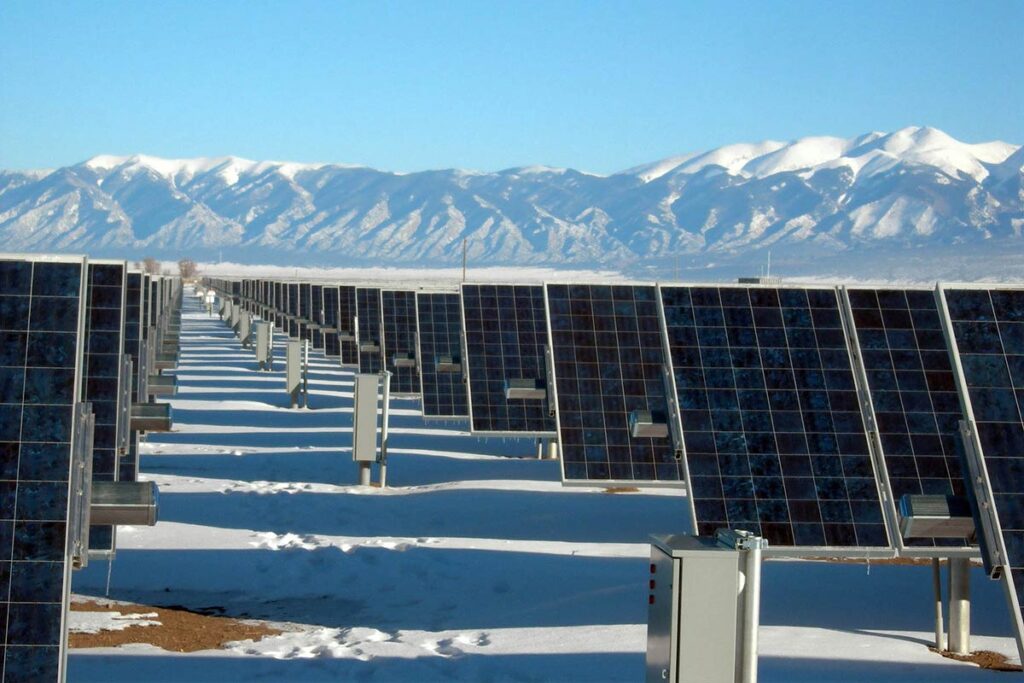
Waste management in Indian cities
- India, one of the developing and vast population countries in the world, generates 62 million tons of the municipal solid waste and the waste which is treated is just 28% of the collected waste, while the remaining goes directly to the landfill.
- Waste is usually collected in house in small bins and is then transferred to community bins either by those who generate it or by private or municipality workers.
- Waste from community bins is collected by truck and carried to the disposal site.
- The municipal solid waste (MSW) in India is approximately 40%-60% compostable, 30%-50% inert and 10%-30% recyclable.
- In India, waste contains a large part of organic matter, composting looks as an attractive and feasible option for handling the biodegradable part of MSW.
- The problems which arise are the lack of composting and segregation at source. The municipal bodies collect the waste but that’s not enough since it takes time to segregate the waste.
- Thus, if this segregation process start from ours house that might be a good sign for waste management in future.
- Composting which is considered as one of the best traditional practiced and problems solving in waste management sector, is lacking in Indian cities as a consequence of increase population, migration of the peoples and industrialization.

The MSW collection efficiency for some of the selected Indian states is shown below which is based on the data provided by the ministry of new and renewable energy (MNRE) for 2015 and by the CPCB for 2010.
Most of Indian states are unable to collect the total quantity of generated waste.
The waste collection efficiency in Indian ranges between 70%-100% in major metropolitan cities, whereas in smaller cities it is below 50%.

The following points summarizes the Solid waste Management revised rules 2016 and reasonable changes in MSW rules 2000
- The informal sector is significantly ignored in the new rules.
- Revised rules do not push waste management to a decentralised level whereas central treatment such as waste to energy has been encouraged.
- Although distinct categories are included for wet, dry and hazardous waste but a distinct category for sanitary waste is absent.
- The new rules are not clear about the penalty to be imposed on plastic manufacturing companies/ how the supervision system would be carried out?
- A GPS/GIS framework is absent for tracking trucks carrying segregated solid waste.
- The concept of 5R should be adopted effectively based on its implementation in European nations.
- The government should provide similar policies and guidelines to different states for the adaptation of technology according to the amount of waste generated in the waste to energy sector.
- A regulating mechanism should be developed to ensure that all the waste to energy plants in the country followed the environmental norms and defaulters must be penalised.



